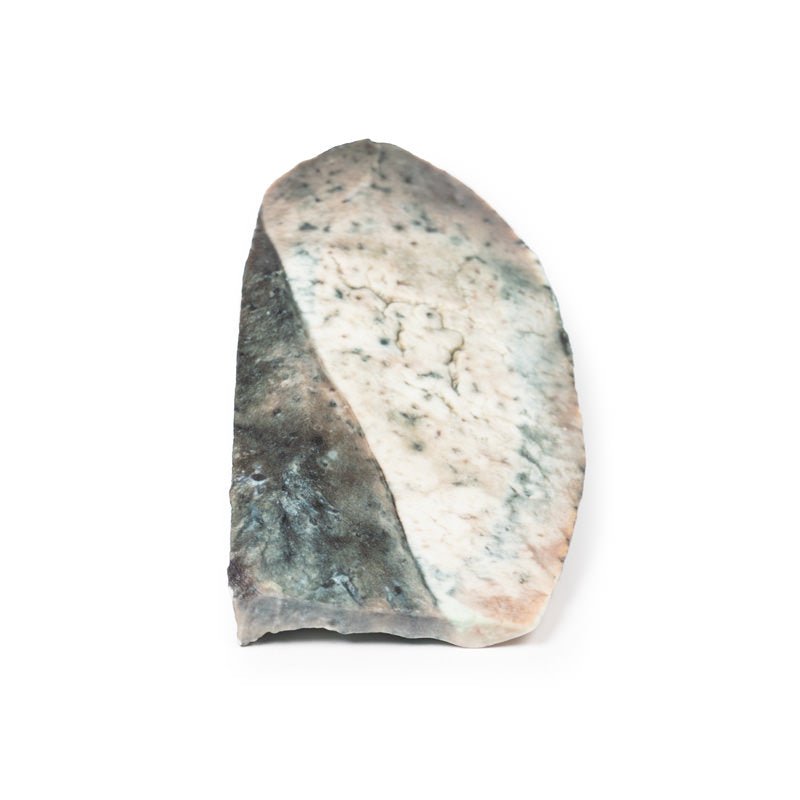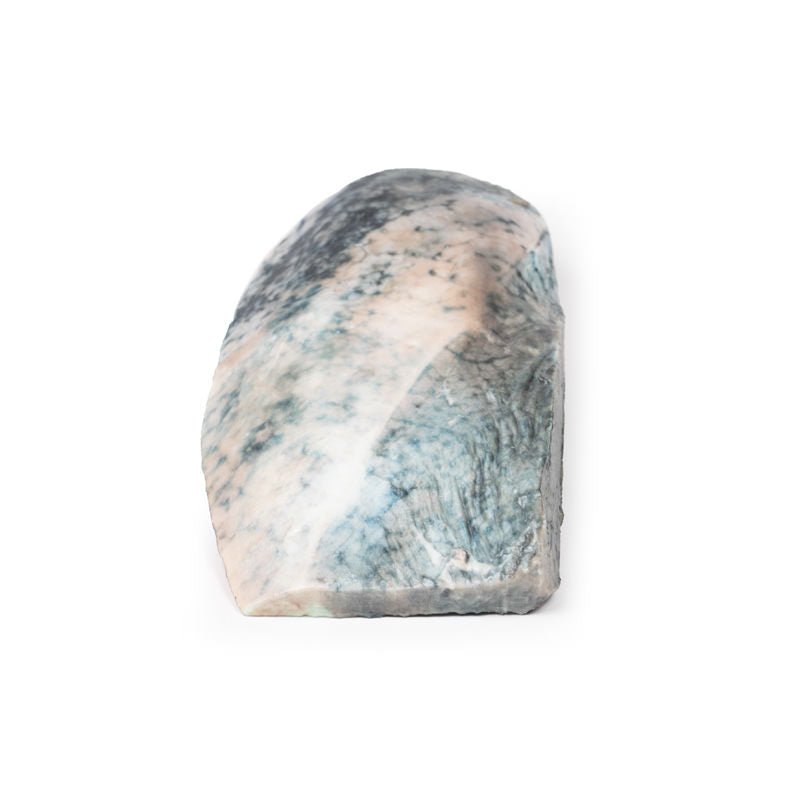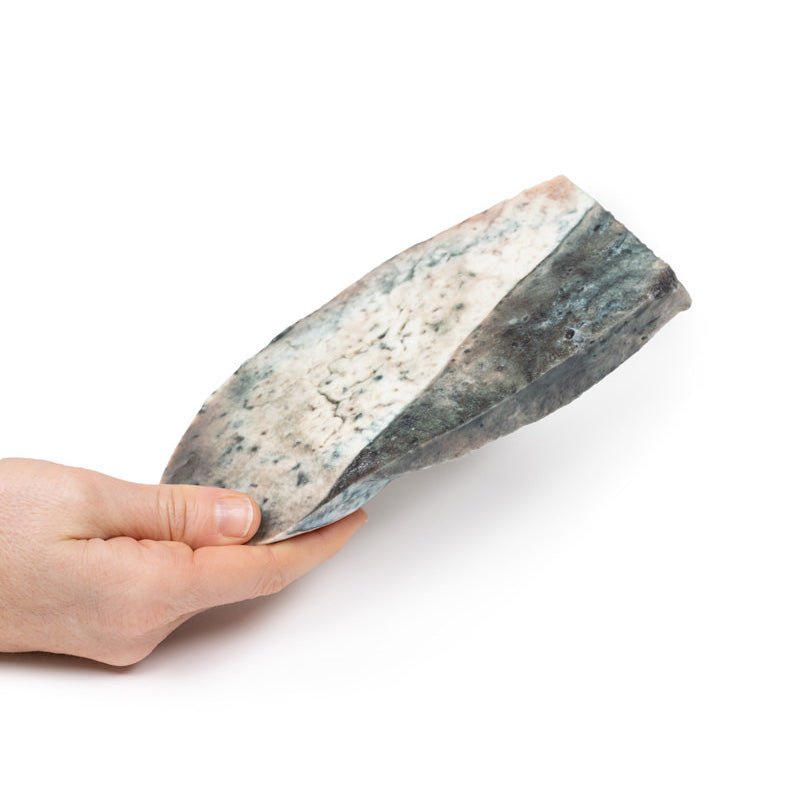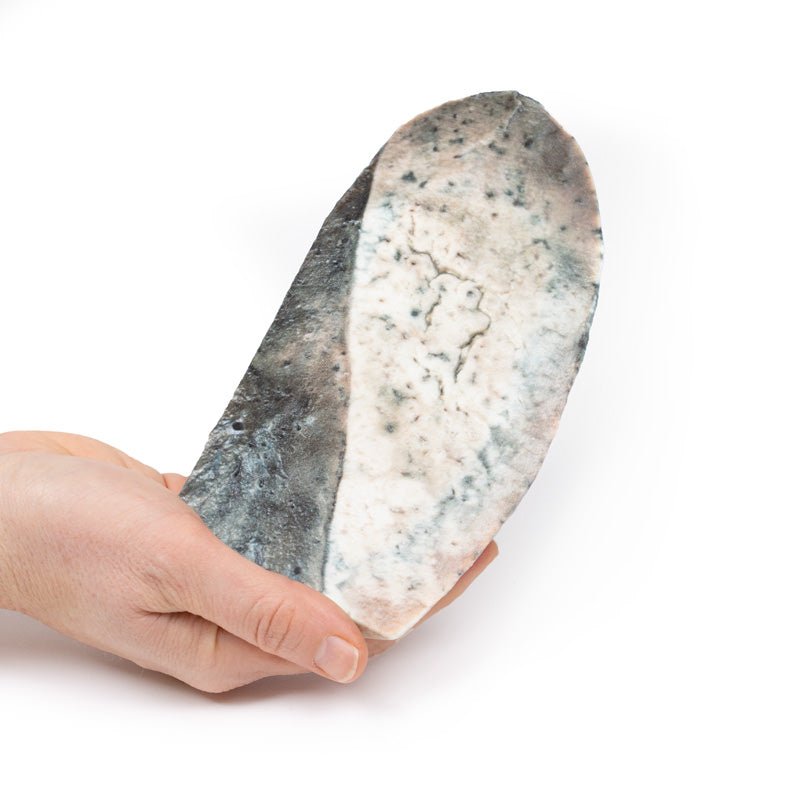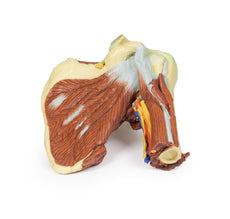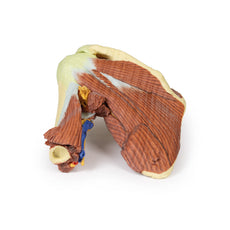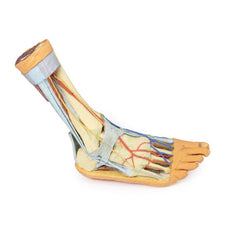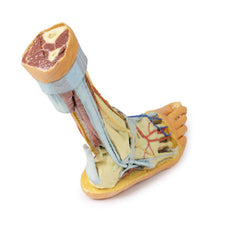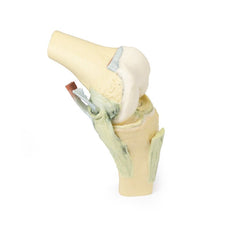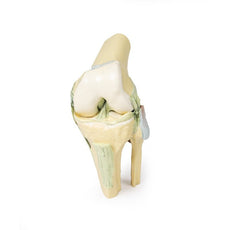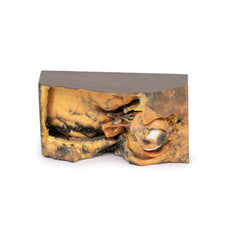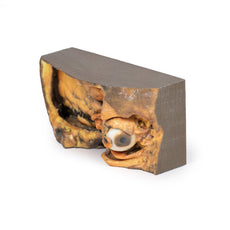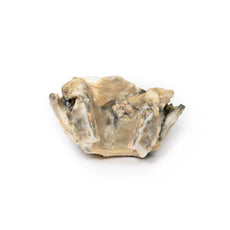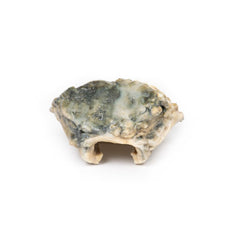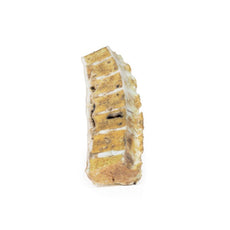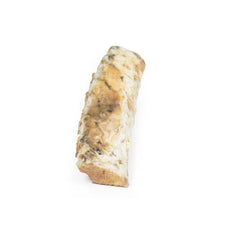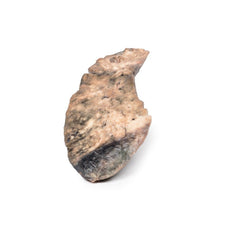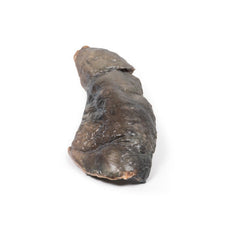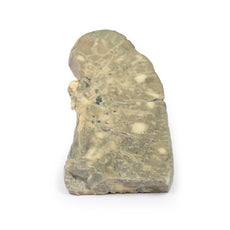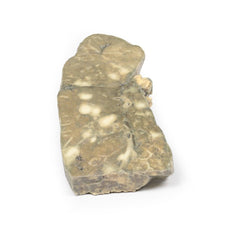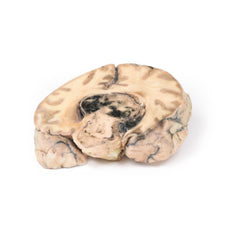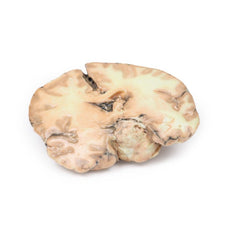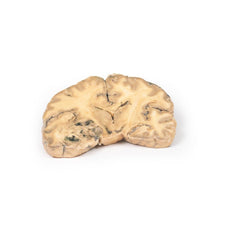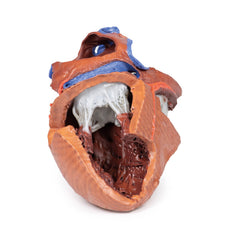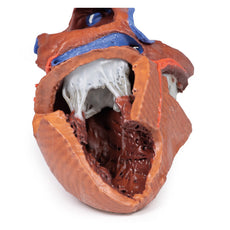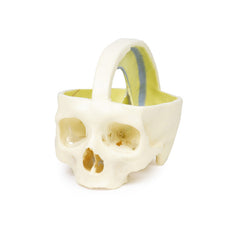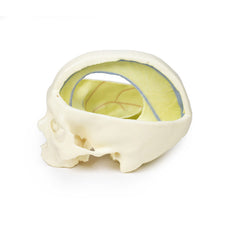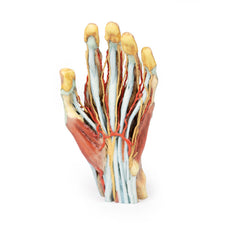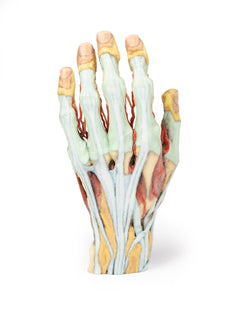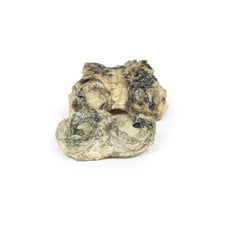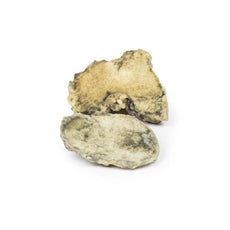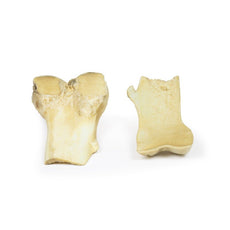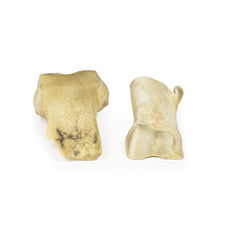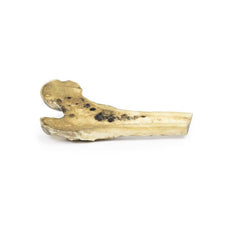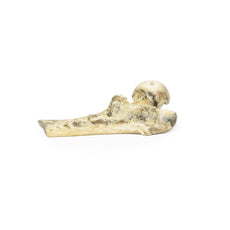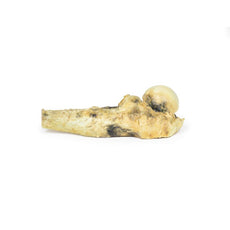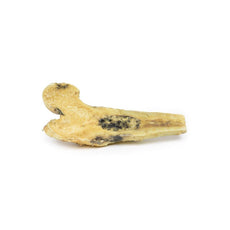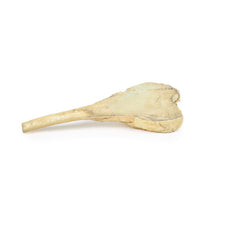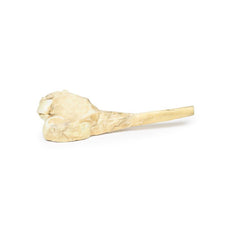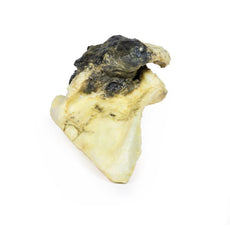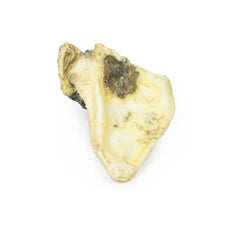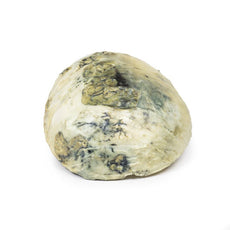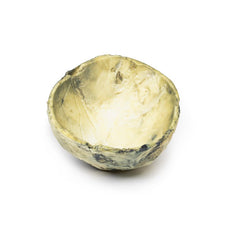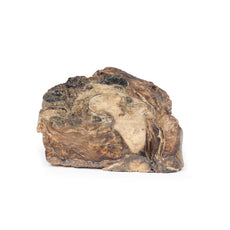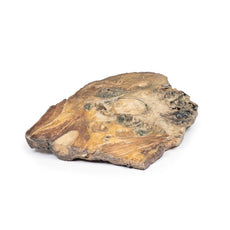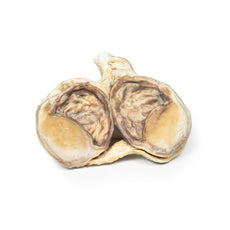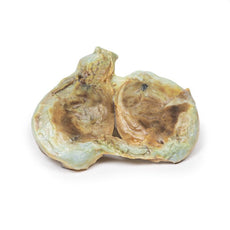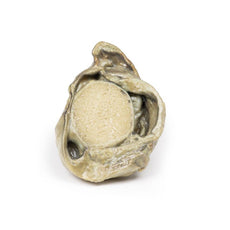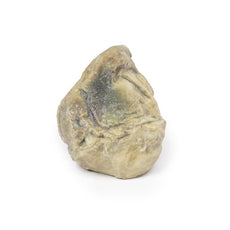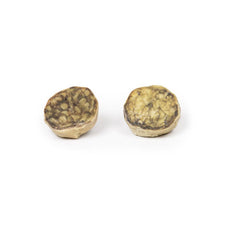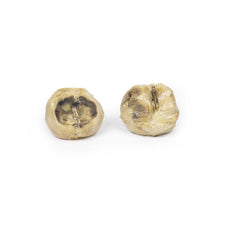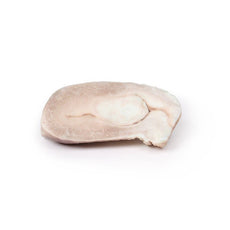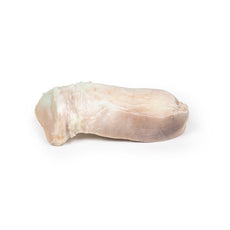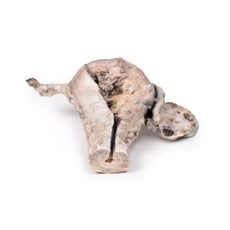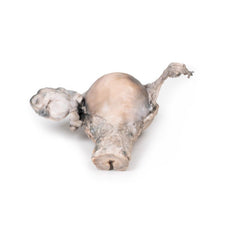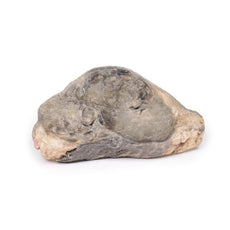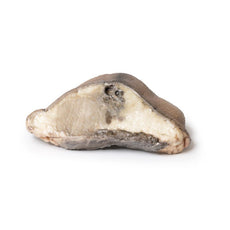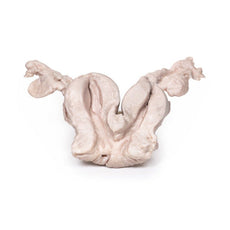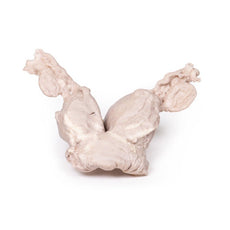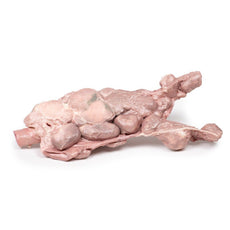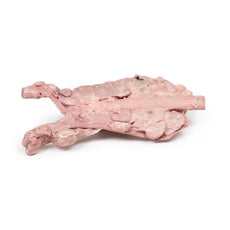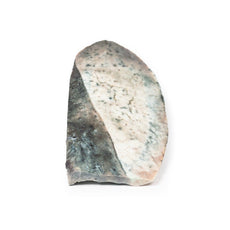Your shopping cart is empty.
3D Printed Lobar Pneumonia - Grey Hepatisation Phase
Item # MP2061Need an estimate?
Click Add To Quote

-
by
A trusted GT partner -
3D Printed Model
from a real specimen -
Gov't pricing
Available upon request
3D Printed Lobar Pneumonia - Grey Hepatisation Phase
Clinical History
There is no clinical history for this specimen.
Pathology
The specimen is a parasagittal section of the right lung and the boundaries between the upper and lower
lobes is clearly visible. The entire upper lobe is congested and pale grey in colour.
Further Information
This is an example of a stage of lobar pneumonia in which the inflammatory exudates within the
intra-alveolar space resulting in consolidation that affects a large and continuous area of the lobe of a lung. The
affected lobe in this case shows grey hepatisation or late consolidation. This usually occurs 2 to 3 days following
red hepatisation, and lasts for 4 to 8 days. The lung appears grey with liver-like solid consistency, due to a
fibrinopurulent exudate, progressive disintegration of red blood cells, and haemosiderin. Large numbers of
macrophages begin to appear in the interstitial tissue. They are the dominant cells, which attempt to clear away the
cellular debris and acute inflammation through phagocytosis. The macrophages may contain iron due to consumption of
erythrocytes, and are thus termed siderophages. Following grey hepatisation, resolution and restoration of the
pulmonary architecture start by the eighth day. The enzymatic action begins centrally and spreads peripherally,
which liquefies the previous solid fibrinous content and eventually restores aeration.
The most common organisms
that cause lobar pneumonia are Streptococcus pneumoniae, also called pneumococcus, Haemophilus influenzae and
Moraxella catarrhalis. Mycobacterium tuberculosis, the tubercle bacillus, may also cause lobar pneumonia if
pulmonary tuberculosis is not treated promptly. Other organisms causing lobar pneumonia are Legionella pneumophila
and Klebsiella pneumoniae.[2]On a posterioanterior and lateral chest radiograph, an entire lobe will be radiopaque,
which is indicative of lobar pneumonia.
 Handling Guidelines for 3D Printed Models
Handling Guidelines for 3D Printed Models
GTSimulators by Global Technologies
Erler Zimmer Authorized Dealer
The models are very detailed and delicate. With normal production machines you cannot realize such details like shown in these models.
The printer used is a color-plastic printer. This is the most suitable printer for these models.
The plastic material is already the best and most suitable material for these prints. (The other option would be a kind of gypsum, but this is way more fragile. You even cannot get them out of the printer without breaking them).The huge advantage of the prints is that they are very realistic as the data is coming from real human specimen. Nothing is shaped or stylized.
The users have to handle these prints with utmost care. They are not made for touching or bending any thin nerves, arteries, vessels etc. The 3D printed models should sit on a table and just rotated at the table.




